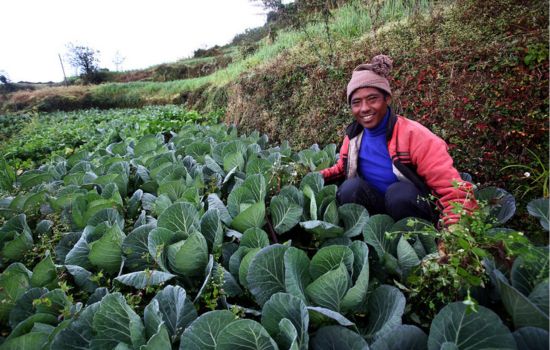Extreme heat waves are becoming a more serious menace to Pakistan, a nation beset by many socioeconomic problems. The severity, frequency, and duration of heat waves have increased dramatically in Pakistan in recent years, posing serious dangers to infrastructure, agriculture, and public health. The most recent heat wave, which struck with never-before-seen intensity, emphasizes how urgently comprehensive climate action and adaptable solutions are needed to protect vulnerable populations.
Table of Contents
The Rising Threat of Heat Waves:
Heat waves, which can last from a few days to weeks, are episodes of abnormally high temperatures at are frequently accompanied by high humidity. Global warming is making them more common and intense everywhere. The effects are more severe in Pakistan, a nation with a wide range of climates Pakistan. Pakistan, a nation with wide range of climates, the effects are more severe. In certain areas of Sindh and Baluchistan, the current heat wave saw temperatures rise above 50 degrees Celsius (122 degrees Fahrenheit), shattering previous records and impeding day-to-day activities.

Consequences for Health:
Extreme heat is too much for the human body to withstand, especially when combined with heavy humidity. There is a marked rise in the danger of heat-related disorders such heats exhaustion and heatstroke. There is an increased danger for vulnerable groups, such as the elderly, kids, and people with underlying medical issues. The World Health Organization (WHO) highlights that extreme heat can exacerbate cardiovascular, respiratory and renal diseases.
During the latest heat wave, hospitals in major cities like Karachi and Lahore reported a surge in patients suffering from heat-related ailments. The situation was further aggravated by frequent power outages, limiting access to cooling mechanisms like fans and air conditioners. In rural areas, where healthcare facilities are less accessible, the impact was even more severe, with reports of several fatalities due to heatstroke.
Agricultural Devastation:
Temperature variations have a significant impact on Pakistan’s agriculture industry, which is vital to the country’s economy. Severe heat can interrupt water supplies, harm soil health, and lower crop yields. Major crops growing in Pakistan, such as cotton, rice, and wheat, is especially susceptible to heat stress. Significant crop losses resulted from the current heat wave falling during wheat harvest.

Due to burnt fields and withering crops, farmers in the impacted areas claimed financial losses and food shortages. Due to animal heat stress brought on by high temperatures, which decreased milk output and increased mortality rates, the livestock industry also suffered. The economy as a whole, rural livelihoods and food prices are all impacted by the cascade consequences of agricultural upheaval.
Infrastructure and Livelihoods:
Infrastructure can sustain serious harm from high temperatures as well. Severe heat can cause pavements and roads to give way, and extended exposure to high temperatures can erode structures. The “urban heat island” effect, which is caused by highly populated areas trapping heat and elevating local temperatures, makes the situation worse in metropolitan areas. The heat wave has been especially harsh for people who work for daily wages, outside laborers, and those in unorganized industries. Many people must risk their health by working in hazardous situations in order to make a living. Those with little to no access to proper cooling or hydration are among the most impacted, including vendors, construction workers, and agricultural laborers.

Urgent Need for Climate Action and Adaptation:
The recurring and rising heat waves in Pakistan are a harsh reminder of the larger climate catastrophe. Addressing this issue calls for a diversified approach.
Sustainable Agricultural Practices:
Supporting farmers with climate-resilient crops, effective irrigation practices, and financial aid can help lessen the impact of heat waves on agriculture. Encouraging the use of current technologies and practices can increase productivity and sustainability.
Climate warming:
Climate warming is causing global heat waves, including in Pakistan. International collaboration and commitment to global climate agreements are required to reduce greenhouse gas emissions and slow global warming.
Conclusion:
The unprecedented heat wave that is affecting Pakistan is more than just a meteorological phenomenon; it is a clear warning sign of climate change and its disastrous implications. Immediate and persistent action at the local, national, and global levels is required to protect vulnerable populations, assure food security, and strengthen communities. As Pakistan experiences yet another sweltering summer, the message is clear: the time for urgent climate action has arrived.

